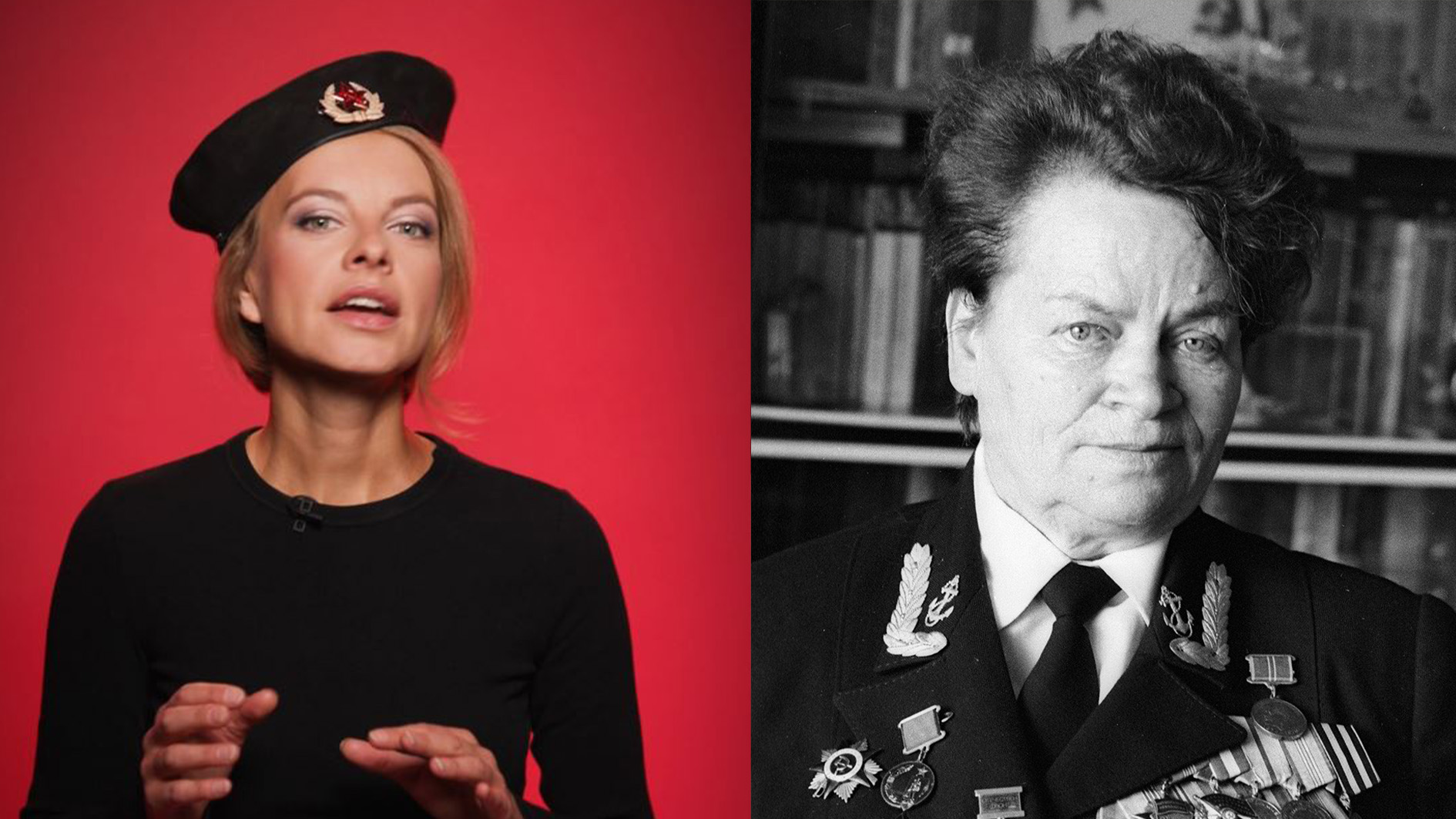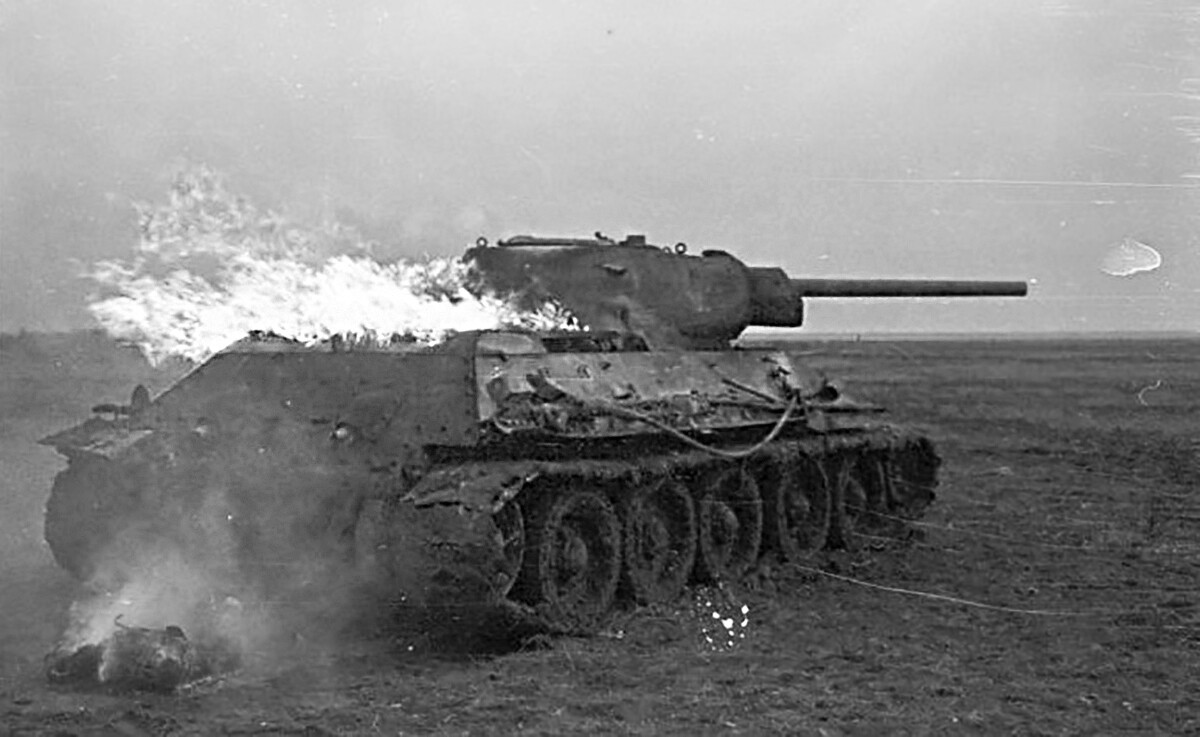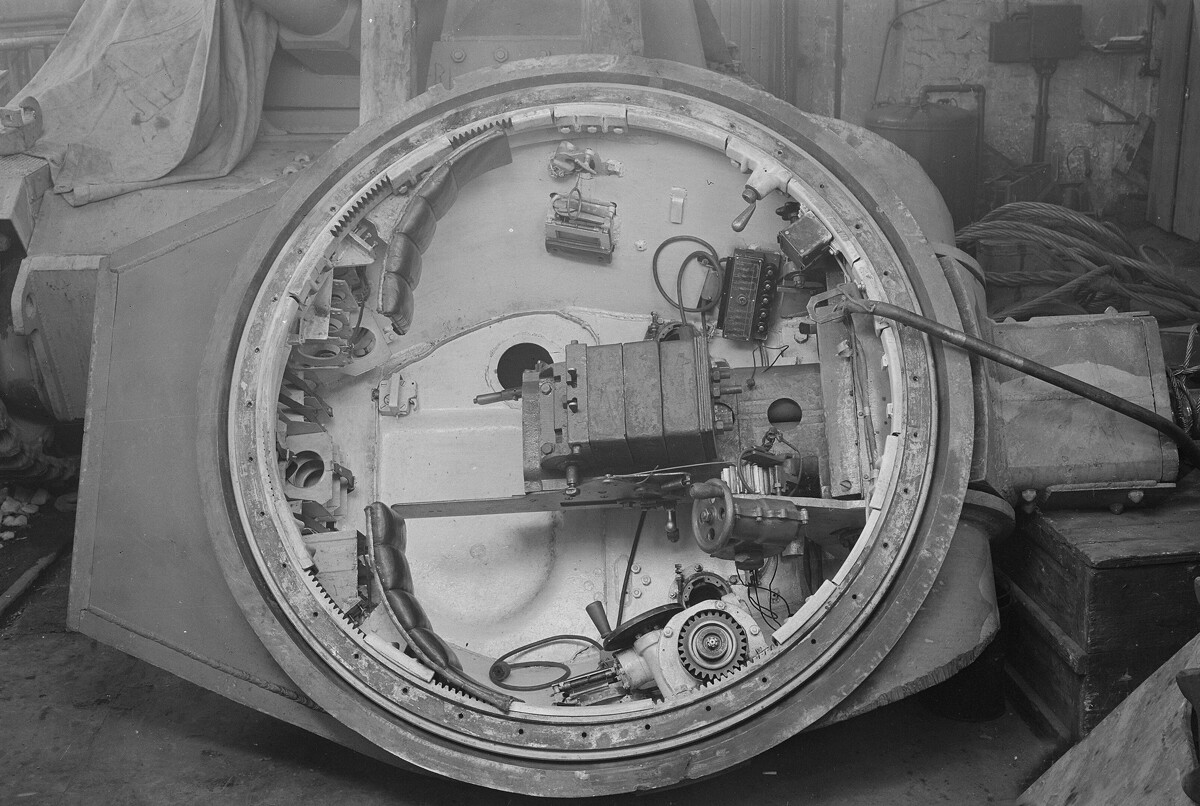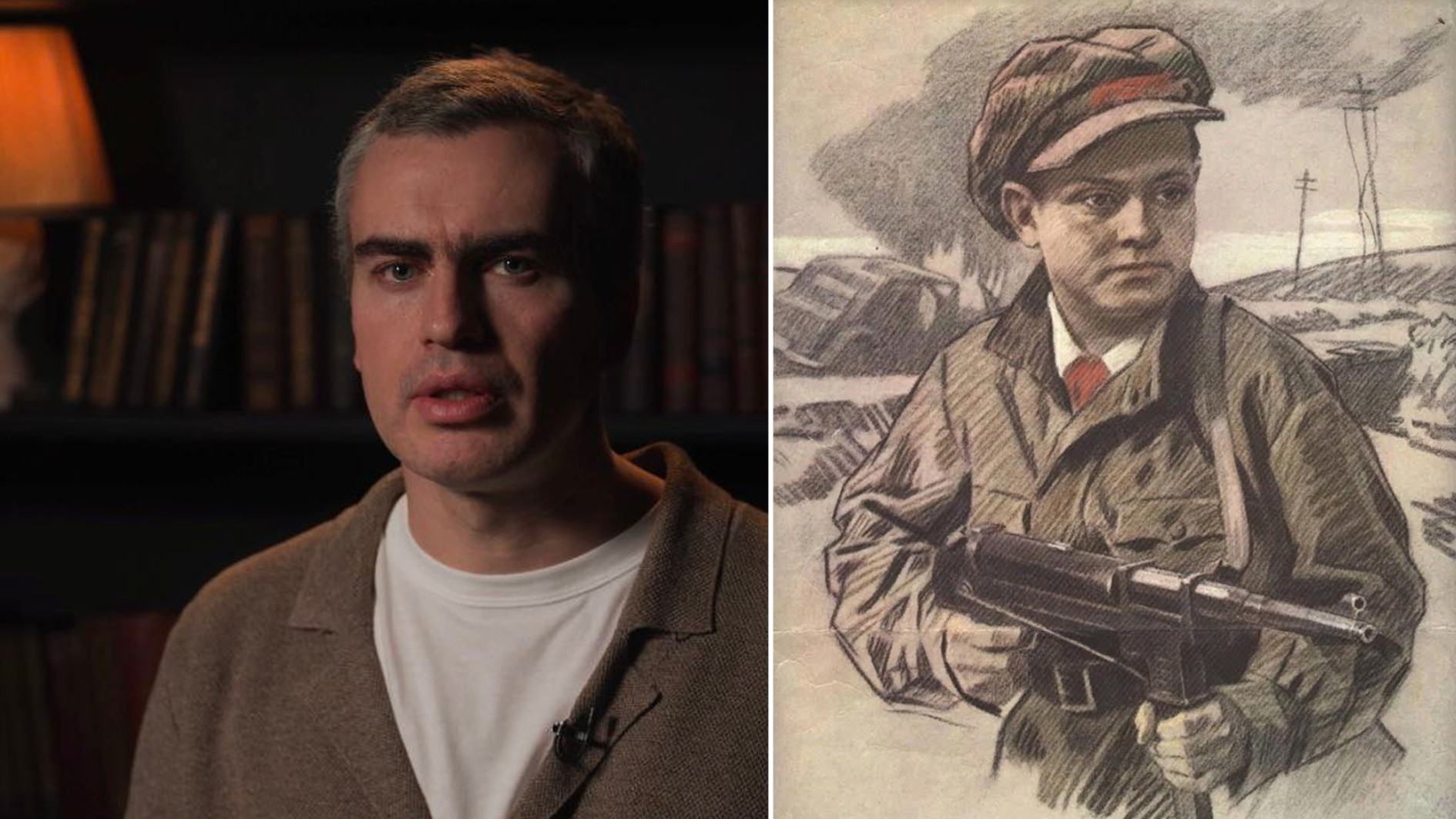
The best Soviet tank of World War II (PHOTOS)

“It was a great machine. A true gem, an accomplishment of thought,” is how tankman Konstantin Shipov characterized the T-34 Soviet medium tank. Quick, maneuverable, reliable, well-protected and armed, it was considered the best tank of the Red Army during World War II.
Thanks to its relative cheapness and ease of manufacturing, the T-34 became the most mass-produced tank during the war. Overall, over the course of the conflict and during the first post-war years, more than 65,000 of these armored fighting vehicles rolled off the conveyors of Soviet, Polish and Czechoslovakian factories (T-34-76 and the T-34-85 modifications).
 T-34 tanks in Crimea in October of 1941.
T-34 tanks in Crimea in October of 1941.
The first acquaintance with the ‘34s’ in the Summer of 1941 turned out to be quite an unpleasant surprise for the Wehrmacht. Thanks to the fact that its armor plates, the thickness of which reached 45 millimeters, were positioned at an angle, the Soviet armored fighting vehicles were a hard target for German medium tanks and anti-tank guns. Often, shells simply ricocheted off the Soviet armor.
‘The most powerful gun we had back then was 3.7cm Pak,’ German tank ace Otto Carius remembered, ‘If you’re lucky, you could hit a T-34’s turret ring (where the turret joins the hull) and jam it. If you were even more lucky, the tank would be immobilized and taken out of action. Not a very encouraging situation! Our only deliverance were the 88-millimeter anti-aircraft guns. They effectively fought even the newest Russian tanks. We developed respect for the anti-aircraft fighters, as we sometimes mocked them earlier.”
 Tank production in Nizhny Tagil, Ural.
Tank production in Nizhny Tagil, Ural.
To hit a ‘34’ with certainty, German vehicles had to approach a dangerous distance of just 500 meters. The Soviet tank, in turn, could easily barrage the enemy with its 76.2-mm gun from a distance of up to 1-1.5 kilometers.
Without aircraft and 88-millimeter anti-aircraft guns at hand, the Germans often used a special tactic against the T-34. Medium tank Pz.IV engaged it in a duel, while several Pz.III tried to flank it stealthily and, using the poor visibility of the Soviet tank to their advantage, hit its sides from a short distance.
 Burning T-34, 1941.
Burning T-34, 1941.
The legendary Soviet armored fighting vehicle had the powerful diesel V-2 engine, which, compared to the benzine engines of the German tanks, had reduced fuel consumption, was easier to maintain and was distinguished for its relatively low fire risk. The T-34 could reach a speed of 36 km/h cross-country and up to 54 km/h on a highway.
This is what tankman Pavel Zakharchenko said about the high maneuverability of the Soviet tank: “Take this tank and a Sherman. There were always one to two Shermans on every road turn lying around – because, to turn, it needed a radius of sixteen meters. And, only then, could it turn and drive forward as normal. With the T-34, you drive it one direction, next second you change it and it moves in another direction.”
 T-34 production in 1942.
T-34 production in 1942.
The downsides of the ‘34’, apart from poor visibility, were its high noisiness, incredibly inconvenient four-speed transmission and far-from-perfect air purification filters. Aside from that, due to its sloped armor, the position of the crew in the armored fighting vehicle was far from comfortable.
In early T-34 models, the commander performed the duties of a gunner, which further lowered the effectiveness of the tank. “If you’re a T-34-76 commander, you shoot, you command over the radio, you do everything yourself,” tankman Vasily Bryukhov remembered.
 T-34 crew in 1942.
T-34 crew in 1942.
In the Spring of 1942, the T-34-76 encountered some worthy opponents on the battlefield. The Pz.IV with the ‘F’ and ‘G’ modifications entered the service of the Wehrmacht; they could effectively hit the armor of Soviet tanks from a distance of one kilometer.
When the Pz.V ‘Panther’ medium tank and the Pz.VI ‘Tiger’ heavy tank entered the battle, the era of T-34-76 finally ended. The powerful German “felines” easily penetrated Soviet tanks from long distances, not letting them come close.
 T-34's turret.
T-34's turret.
After heavy losses in armored vehicles, suffered over the course of the Battle of Kursk in the Summer of 1943, the USSR began thinking about a deep modernization of T-34. In the end, at the beginning of 1944, the T-34-85 filled the ranks of the Red Army.
The tank had a five-speed transmission; a new spacious and better armored turret allowed for an increase of the crew from four to five and freed the commander from the duties of a gunner. But, the main new acquisition was the 85-millimeter gun (the D-5 and, later – the ZIS-S-53), which allowed Soviet tankmen to fight German tanks at distances greater than a kilometer.
 T-34-85 tanks near Odessa, 1944.
T-34-85 tanks near Odessa, 1944.
Despite being heavier, due to the new turret, the T-34-85 kept the upsides of its predecessor – its mobility and maneuverability. They allowed it to effectively oppose heavy and cumbersome ‘Tigers’ and ‘Panthers’.
As the main tank of the Red Army, the T-34-85 successfully fought the Nazis until the Spring of 1945, after which it went to the East to fight the Japanese.
 T-34-85 during the Soviet-Japanese war, 1945.
T-34-85 during the Soviet-Japanese war, 1945.
At the end of World War II, this tank had served in the armies of forty countries. It went on to participate in the majority of armed conflicts of the second half of the 20th century, proving to be a dangerous opponent even for newer, more modern fighting combat vehicles.
 T-34-85 tank in Yemen, 1964.
T-34-85 tank in Yemen, 1964.












